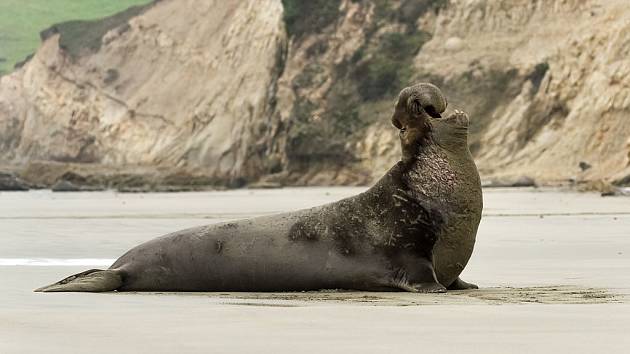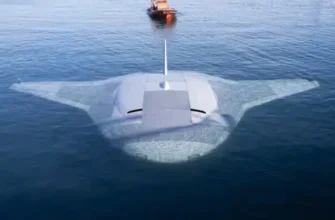After many years, scientists found out how toads sleep. They have a unique ritual
Researchers have discovered that tadpoles sleep in ten-minute intervals during half-hour deep-ocean dives. In addition to regenerating energy, this also helps these giant marine mammals avoid predators.

Click to enlarge
Male Northern Grebe. Males live much less than females. The reason is their constant hunt for food, during which they risk their lives. But they need to quickly gain mass in order to mate
| Photo: Wikimedia Commons, Frank Schulenburg, CC BY-SA 3.0
There was sleep for the scientist northern toads a mystery for many years. For they had no idea how these creatures rested as they migrated across the ocean in search of food. But now, with groundbreaking research, they’ve found the answer.
In a new study published in the journal Science, they reported that these marine mammals for most of its life it sleeps a total of only two hours a day in a series of short naps during deep dives lasting about half an hour. During this time, the marine mammals fall into a ten-minute hibernation, spiraling down and sometimes even hitting the seabed, up to a depth of 760 meters.
“We previously thought they must be sleeping during so-called drift dives, when they stop swimming and slowly sink,” marine ecologist Daniel Costa of the University of California, Santa Cruz, told The Guardian, adding that until now they couldn’t be completely sure. sure.
“Now we know for sure. And we also found that compared to other mammals, they generally don’t sleep very long,” he added.
Toads are actually adepts at animal record holders for the shortest duration of sleep. So far they have been African elephantswho also sleep only two hours during the day.
They avoid predators
Costa’s lab has been tracking northern toads in the Año Nuevo Reserve for more than 25 years. Using increasingly sophisticated technology, it monitors the movement and diving behavior of mammals during their northern foraging migrations Pacific Ocean up to eight months.
Scientists believe that sleeping while diving allows tadpoles to avoid predators such as sharks or killer whales. They are most vulnerable at the surface of the ocean, so they only spend a few minutes there to catch their breath between dives. “They can hold their breath for a long time. It’s safer for them under the surface, and that’s why they allow themselves to fall asleep,” explained study co-author Jessica Kendall-Barová.
Brain and Movement Studies
In the latest study, thirteen young females were fitted with a neoprene cap with sensors that reliably recorded brain waves. Time recorders, accelerometers and other devices were also used to track the movements of the tadpoles.
Kendall-Bar described to CNN that the sighting took a lot of time. First, however, it was necessary to integrate the exemplary mammals back into their toad colony. The team was worried that the other members would accept them among themselves. Fortunately, it was done without complications.
Recordings from more than a hundred dives showed that as they descended, the animals entered a deep sleep phase, maintaining a controlled glide down, and then transitioned into rapid eye movement (REM) sleep, turning their heads downward during sleep paralysis. She usually had negative buoyancy in the depths, so she continued to fall passively in a corkscrew spiral like a leaf falling from a tree. However, she sometimes indulged in sleep in shallower waters above the continental shelf, when she mostly rested on the surface.
The team now plans to use similar methods to study brain activity in other species of seals, sea lions, and also in human freedivers.








